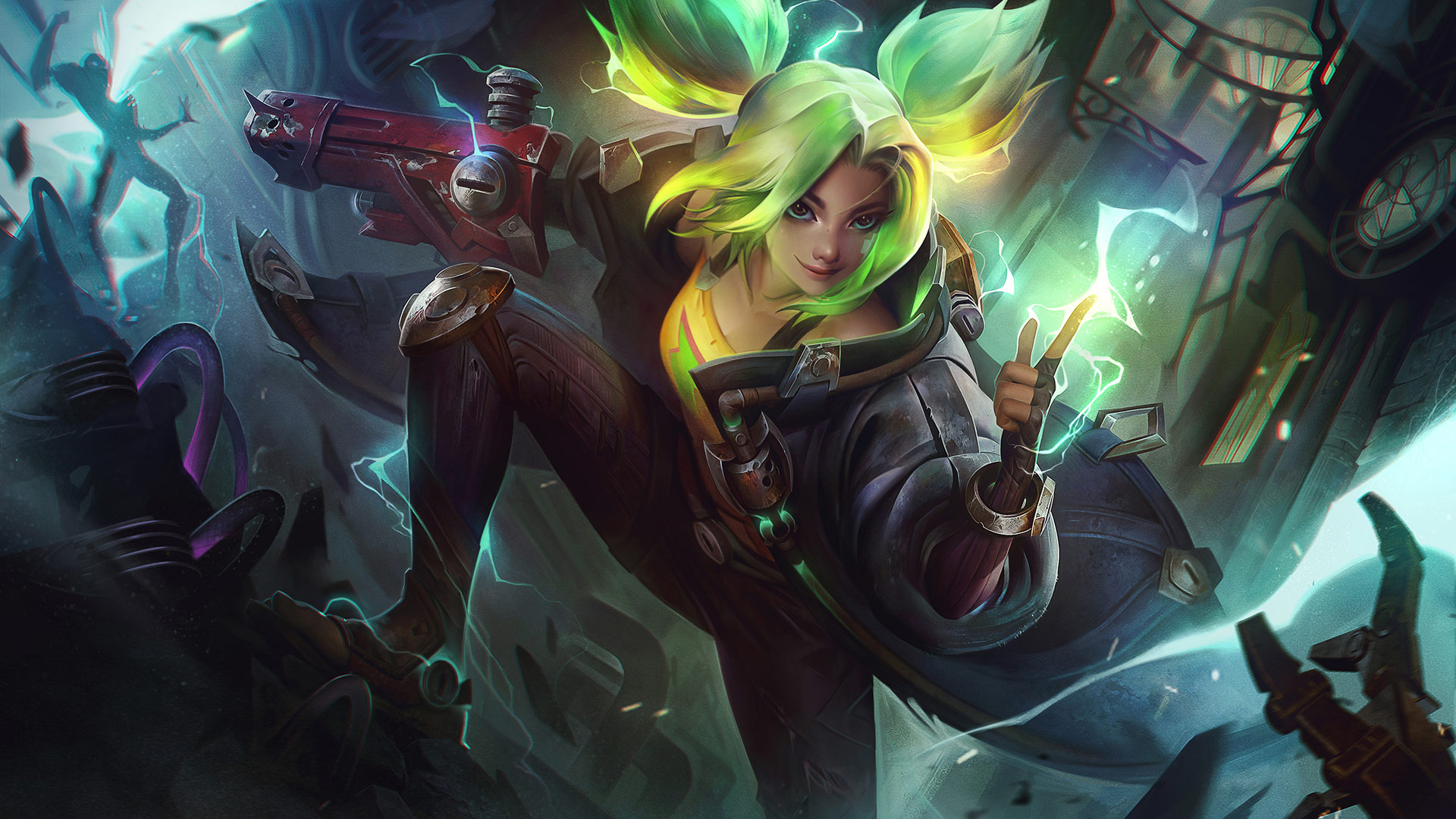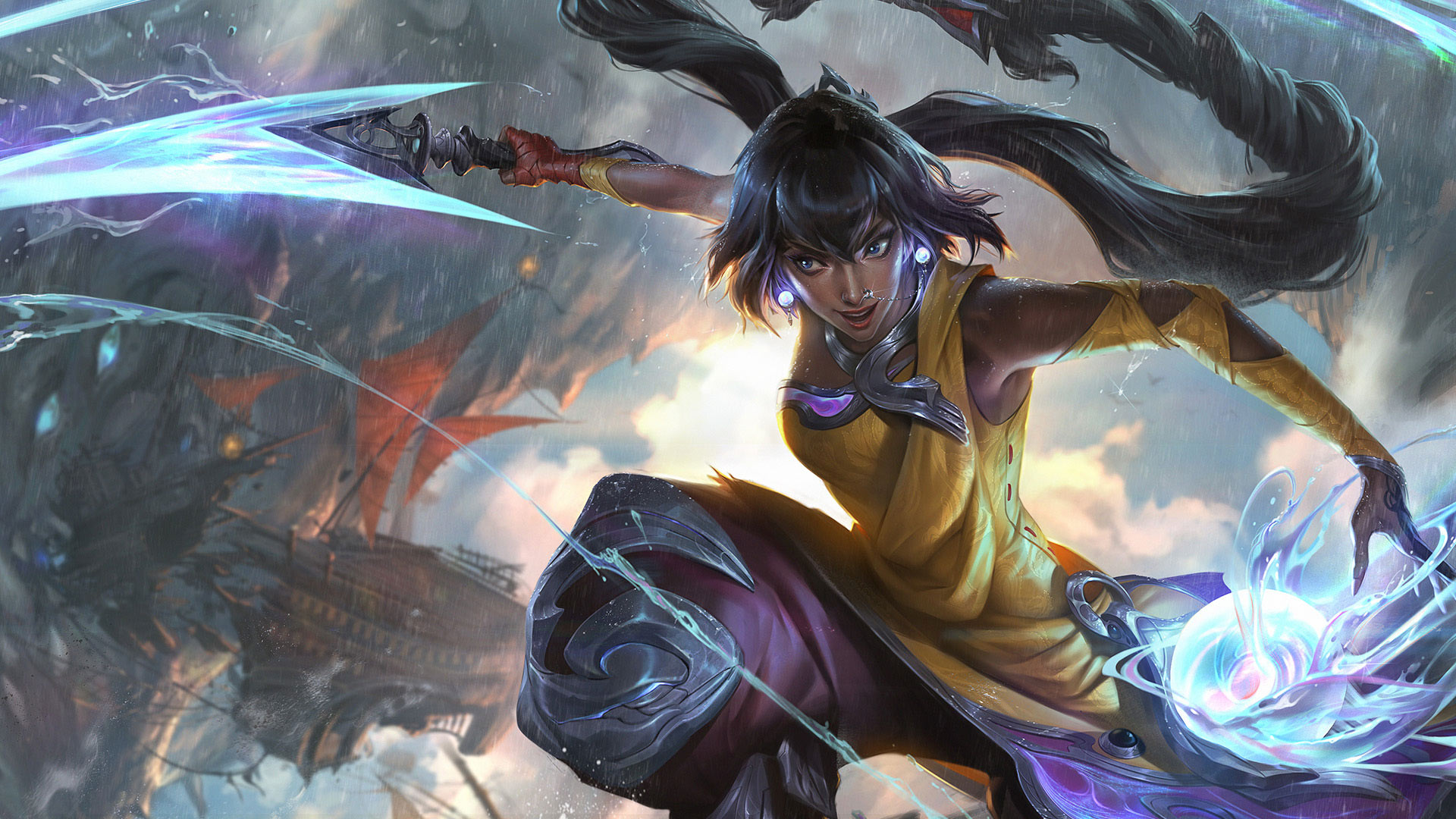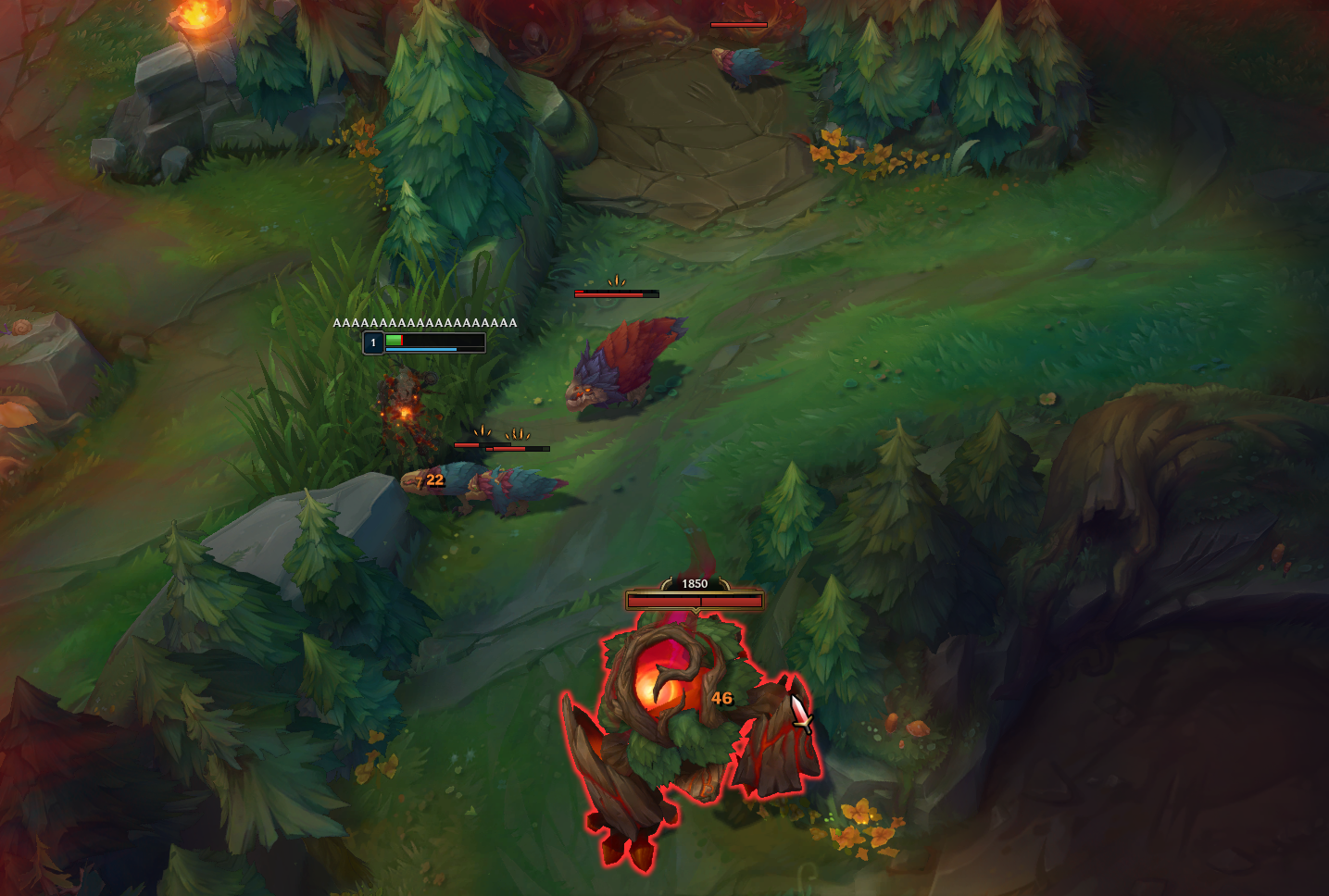The state of League of Legends
More than a decade into its life, League of Legends remains an excellent competitive game.

League of Legends is one of gaming's media juggernauts. When it debuted in 2009, I wouldn't have believed you if you'd told me that a concept that began as a Warcraft III map would go on to be the basis for multiple games, several fun music videos and live K-pop performances, and of course, a hit Netflix show.
With the continuing expansion of League, you might assume that League of Legends, which is honing in on its 13th anniversary, is heading into its retirement phase. But League is as good as it has ever been. Constant balance changes, new champions and complete reworks of old favorites mean there is almost always something new to learn.
That’s not to say there aren't live issues. With Riot reporting at the end of 2021 it had over 180 million monthly players, it would be impossible to please everyone. But after years of experience, the development team has become incredibly skilled at interpreting and responding to these issues, often pretty quickly and with a good amount of communication. I think that League and its overall community is in one of the best positions it has been for many years.

What’s been happening recently?
The Durability Update, which Riot deployed in May, has been a divisive subject since it was implemented. One of League's biggest mid-season patches, the goal of the update was to make champions tankier after years of damage creep across pretty much every area. Every champion in the game was given more HP, armor and magic resist, while systems such as healing, shields and everything else that can be used to try and sustain your health pool during fights were rebalanced, with most being made more effective to stay in line with the increased health pools.
The goal of this update was to try and make fights longer, and reduce the frequency of one-shotting opponents before they have a chance to react. The impact on the meta was almost instant and mostly delivered on the promise, with fights stretching out into longer engagements and the ability to one-shot an opponent greatly reduced.
I think the only realistic solution is to continue to balance champions individually.
But there was one big consequence of the update that most people, including Riot, weren’t keen on. As every champion is now tankier from the get-go, kills during the opening minutes of matches became harder to secure. At the top levels, this meant the meta shifted to favor champions that scale to their peak in the late game, such as Gangplank and Jinx, because the typical counter of shutting them down early when they are weak wasn’t particularly effective. They were often backed up by healers and other champs who can help sustain them into the late game.
Most of the recent patches have tried to address this in a few ways. In patch 12.14 healing potions and defensive runes were nerfed significantly, making it harder to stay in lane and get back to full health without a trip back home. While champions with strong healing abilities, who had sometimes felt like must-picks, have mostly seen their effectiveness reduced in recent updates.
Keep up to date with the most important stories and the best deals, as picked by the PC Gamer team.
It’s certainly been a step in the right direction, but it still feels like more could be done to make the early game more meaningful. Simply increasing damage would just walk back the impact of Riot's durability update. I think the only realistic solution is to continue to balance champions individually, hopefully making some early game supports effective enough to occasionally shut down late-game-scaling champs in the opening minutes of a match.

Are players happy?
Acknowledging that League's player population is one of the biggest and most diverse on planet Earth, the answer for most players is yes. Despite some shared frustrations League of Legends is in a good state, and crucially, when a major issue does pop up Riot has been quick to fix it in recent years, as it did with the Durability Update with initial changes coming in the first few days and a massive patch in a couple of weeks..
League's recent controversies, or at least those that were big in the Western communities, tend to focus around systems that sit outside of the game itself, such as Riot’s communication, management of the pro scene or customer service.
We finally got to see Udyr’s new look recently and initial impressions are good.
There’s been a lot of chatter about both the pro scene in North America and how Riot is marketing the game in the region. One example being the disappointment from fans when they banned LCS players from taking part in the big Mr Beast vs Ninja celebrity showmatch, and then banned former pro Doublelift from co-streaming the LCS for criticizing their decision. Then there was the viral story which easily topped the sub-Reddit of a Korean streamer who was trolled for three hours in a single match and then banned, which isn’t a great look.

When’s the next big update?
The next game-changing patch will arrive at the end of the year when pre-season hits. Slowly, details of what we can expect in pre-season are starting to trickle out, with the first major area of change being the jungle.
Riot revealed it wants to make the jungle less intimidating, which, for someone who only ventured in there when jungle Graves first became a thing and was OP, is incredibly welcome. Systems to show recommended paths to take in the early levels, simplifying the leash mechanics and even the addition of pets who will help you take camps have all been revealed as things the dev team is working on. Although there’s no specifics just yet and this could still all change with a few months of Season 12 left to go, the thought of the jungle being a role you can just drop in and play pretty easily with a wide range of champs like most of the others is pretty exciting.
Until then we can expect the smaller, incremental patches to keep tweaking the strongest and weakest champions, and most likely keep tinkering with systems to try and reign in the impact of the Durability Update.
Fans of Udyr can look forward to his complete rework that will, hopefully, revitalise the aged champion when it launches with patch 12.16. After winning a fan vote where he had more than double the number of votes of the next closest champion, we finally got to see Udyr’s new look recently and initial impressions are good. Visually it's a massive improvement, with a lot of fans on Reddit loving his more mature dad-bod look that ties into his lore a lot better. Early PBE testers suggest that the new and improved Udyr retains the core of the champion’s design (iconic stances that Udyr can change between), and that the bonuses you get from swapping stances add depth that wasn’t there before.
The other change that could have a big impact on the game for most players is the addition of League of Legends to Xbox Game Pass, which is both exciting and mildly worrying at the same time. Subscribers to Game Pass will unlock every champion, which should encourage some players to experiment with new characters. The potential downside of this is that there’s a chance that for the first few weeks after it becomes available, your games will be filled with people playing champs they've never used.
Things I’d like to see in LoL’s future
A new or just significantly improved client, please, literally anything to make it better
The League of Legends client continues to be underwhelming at best and incredibly frustrating at worst. Many players continue to complain about the system resources it takes for seemingly doing very little, you still have to sit on the loading screen for an age instead of it loading assets in the background as pretty much every similar game does, and it's lacking basic features like being able to preview a skin you might want to buy in-game.
Unfortunately a client update doesn’t seem to be on Riot’s priority list, with no significant client updates announced. Community sentiment, especially on Reddit, also seems to be getting less positive over time, with at least one major thread a week popping up about the state of the client, no doubt helped by how resource intensive the recent Star Guardian homepages have been. The second most-upvoted thread on r/LeagueOfLegends in the past month featured video clips of some nice client animation improvements Riot showed off in 2016 that never materialized.

A big map change
Games can and should change their play spaces. Basketball's three-point line—something we associate with the sport inseparably—was only introduced in 1979. Valve has overhauled and tweaked Counter-Strike maps that have been around since '99. I'm sure that a lot of players would object to major changes to League's map, but there hasn’t been a truly game-changing core map update since 2014. At this stage in the game's lifespan, everyone knows the best routes to take through the jungle, the most important objectives and the optimum locations to fight or sneak up on opponents. Wouldn’t it get us all out of our comfort zones if a lot of that ingrained knowledge had to be relearned?
Taking a look across the other side of the river, map changes are one of the key ways Dota 2 has managed to keep itself fresh and exciting over the years. Its map is almost unrecognisable from the one it had in 2014, and the map changes have proved much more impactful in shaking up the entire game than adjusting individual heroes or core systems.
When shrines (healing pools dotted around the map), were added to Dota 2 it created a meta where you had to burst down foes quickly before they could heal up without a trip to base. When they were removed and outposts were added (a neutral structure on either side of the map that one team can control), position and territory control became even more important. The repositioning of Roshan, Dota’s version of Baron, completely changed how fights happen around the objective and removed one of the major advantages for one team. All of these changes meant players had to relearn what were core parts of the game for many years.
It would take some getting used to, and no doubt it would be one of the biggest shakeups in LoL history, but after eight years of largely the same map, it sure feels like a good time to flip the table on Summoner's Rift.


